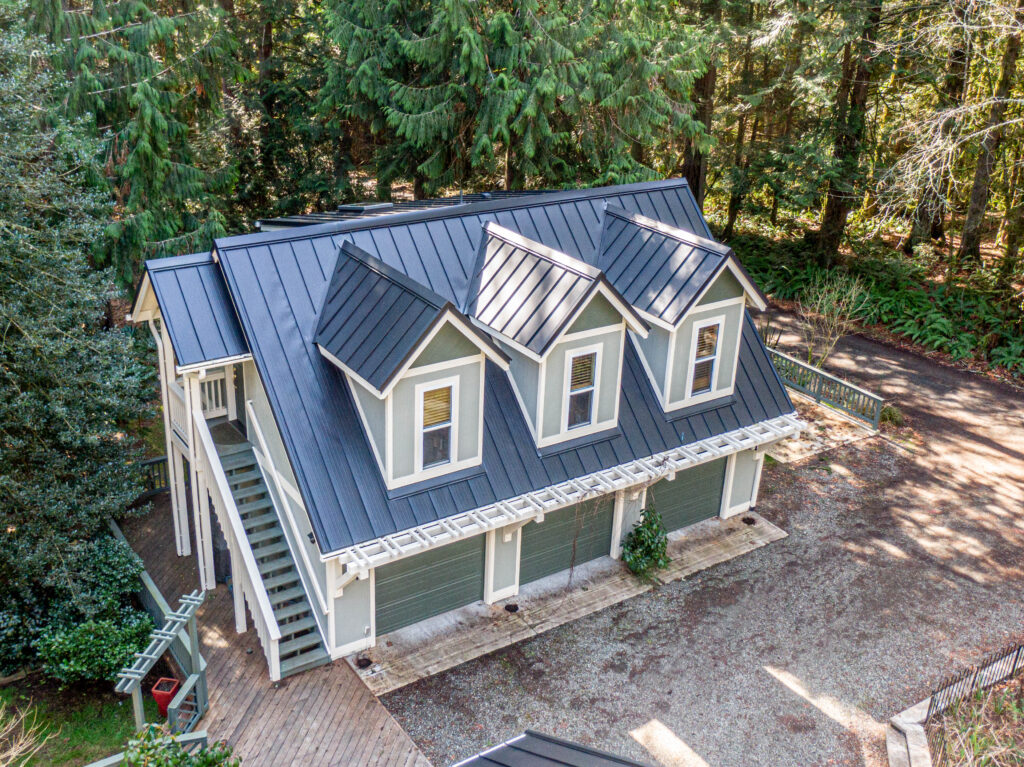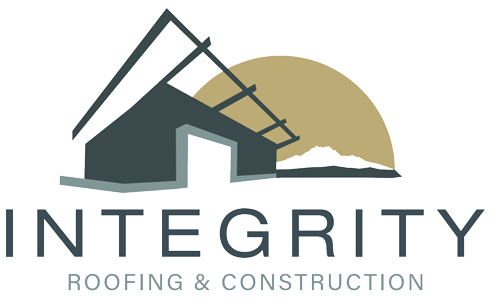Metal and wood may seem like an unlikely pair, but contrary to popular belief, their differences are exactly what makes them such a unique combination. Metal, it is created by extracting material from various different elements and combining them by using advanced machinery. Wood, it is formed naturally over a long period of time and no two sources have the same characteristics. Take these two opposite materials and you get quality designs. By meshing their different colors, textures and qualities, the limits of what can be created are endless. Not only that, but metal and wood are often used to enhance the more natural, modern and rustic themes that have recently become trendy to incorporate into your home.

Advantages to Using Metal in Your Home
Designing your home is one of the many advantages of starting from scratch. You have the ability to know what’s going into the foundation, choose the materials to structure your home, and overall the choice to make it your own. Aside from the appearance, using metal in your home carries tons of benefits.
Durability
Metal is extremely durable:
- It is able to withstand wind speeds up to 150mph without damaging the exterior/foundation. For reference, that is strong enough to stand against an F2 tornado or Category 4 hurricane
- It is seismically stable, up to zone 4, which is the highest classification of seismic activity
- Metal buildings/components require little maintenance and can last for decades
- Steel is flame retardant, and the material is too tough for rodents to tarnish
Sustainability

As mentioned earlier, metal is made up of small components such as iron and carbon along with other materials and there’s no hazardous chemicals.
Steel is 100% recyclable, in fact, most available metals today are made up of over 85% recycled material. Steel can be used over and over endlessly and it wouldn’t lose its quality.
Energy Efficient
Metal frames accommodate insulation. They are designed to carry plenty of room between the frame members and panels. Insulation keeps the building at a comfortable temperature with less requirements for heating and cooling. In other words, less money will be spent on your A/C system, who doesn’t love saving a few extra bucks?
In addition to accommodate insulation, with white or light-colored roof panels, sunlight is reflected away, thus, in the summertime not only will you have a cooler home but a heavier wallet. For those living in second, or third story homes, you can also choose reflective coatings to enhance the cooling effect.
Advantages to Using Wood in Your Home
Using metal in your home is not only cost effective, but also aesthetically pleasing to the eye, but why stop there? Wood and metal in building design has been a timeless design, but as interests shift, wood and metal climb their way to the top. Metal provides crisp, vertical lines while wood, with its variety of stains and textures contrasts metal with horizontally oriented shapes and styles. Other advantages to these profiles, aside from being eye catching, is that the screws are concealed, enhancing the smooth flow of uninterrupted lines of the building surface.
Electrical and Heat Resistance
Wood has a natural resistance to electrical conduction when dried to standard moisture content(MC) levels, usually between 7-12% for most wood types. Its strength and dimensions are not significantly diminished by heat. This provides for stability to the overall building and even safety implications for certain fire hazard scenarios.
Easily Renewable
Both wood and metal have characteristics that the other doesn’t which is why they can be considered the ultimate mix. Where metal may be limited in certain areas, wood thrives. For example, unlike metal, wood is a building material that can be grown and regrown through natural processes and certain forestry programs.
While forests grow, through solar energy, they simultaneously both naturally and efficiently remove carbon dioxide. It is a characteristic unique to wood. Not only is it good for the environment, but it adds a physical appeal to your home. You would be removing your carbon footprint one step at a time while also living in a cozy, beautiful home.
Energy Efficiency
Although metal already has significantly high insulation, wood actually has a higher insulation rating due to its natural cellular structure. In simpler terms, buildings that use wood, whether alone or preferably with metal, require less energy to maintain heating and cooling. In addition, wood helps regulate humidity levels to a small degree.
After careful research, an accurate example to prove the extent of wood’s ability to insulate concludes that a hardwood floor installed over a wood subfloor provides the same insulation value as a 22-inch concrete floor. Once again, wood and metal structured homes equals cheaper bills and a happier life.
